Eoferror: Ran Out Of Input
The EOFError is a specific exception that occurs when attempting to read beyond the end of a file or an input stream. In Python, it is raised when the built-in input() function, file.readline(), or other similar methods encounter the end of input before expected.
The EOFError exception is mainly encountered in situations where the program expects further input but reaches the end of the input stream unexpectedly. It signifies that the program couldn’t continue reading input because there was no more data available.
II. Causes of EOFError
There are several reasons why you might encounter an EOFError in your Python code:
1. Reading from a file: When reading a file, if you use readline() or similar methods to read beyond the end of the file, an EOFError will be raised.
2. Keyboard interruption: When reading input from the keyboard, if the user presses the EOF key combination (usually Ctrl+D on Unix-like systems or Ctrl+Z on Windows), an EOFError can occur.
3. Network sockets: When working with network sockets, if the connection gets closed unexpectedly, attempting to read from the socket may raise an EOFError.
4. Unexpected end of input: If the input stream is expected to contain a specific number of elements or lines, reaching the end before that expected count can lead to an EOFError.
III. Handling EOFError in Python
In Python, the EOFError can be handled using try-except blocks. By catching the EOFError exception, you can gracefully handle the situation and take appropriate actions. Here’s an example:
“`python
try:
user_input = input(“Enter your input: “)
except EOFError:
print(“No more input was provided.”)
“`
In this example, if an EOFError occurs while reading the user’s input, the program will print a message indicating that no more input was provided. You can handle the exception according to your specific needs.
IV. Best Practices for Avoiding EOFError
To avoid encountering EOFError in your code, consider the following best practices:
1. Check for end-of-file condition: Before attempting to read from a file or an input stream, always check if there is more input available. This can be done by checking the return value of the read() or readline() methods to see if it is an empty string or None.
2. Validate user input: If your program expects input from the user, consider adding input validation. Ensure that the user provides the expected input before proceeding with further operations to avoid unexpected EOFErrors.
3. Gracefully handle interruptions: When reading input from the keyboard, be prepared to handle user interruptions. You can catch the KeyboardInterrupt exception (Ctrl+C) to provide a clean exit from your program instead of raising an EOFError.
V. Common Mistakes that Lead to EOFError
EOFError can be easily triggered if certain mistakes are made in the code. Here are some common mistakes that can lead to an EOFError:
1. Using readline() instead of readlines(): It is important to note that readline() reads one line at a time, whereas readlines() reads multiple lines and returns them as a list. Using readline() to read beyond the available lines can result in an EOFError.
2. Ignoring validation checks: If you skip validating user input or some other input sources, there is a higher chance of encountering an unexpected EOFError. Always ensure you validate input before proceeding.
3. Mishandling file openings: Mishandling file openings, such as opening a file in write mode instead of read mode, can prevent reading and lead to an EOFError when trying to read from the file.
VI. Alternative Exceptions Related to Input End
Apart from EOFError, there are a few other exceptions in Python that are related to the end of input or reading errors. Some of these exceptions include:
1. IOError: This exception is raised when an input/output operation fails or is interrupted. It can be encountered when reading or writing to a file or other input/output operations.
2. StopIteration: This exception is raised when there are no more items in an iterator or when trying to access the next item from an empty iterator.
3. ValueError: Although not exclusively related to input end, a ValueError can occur when trying to extract a value from an empty container or when an expected value is not found.
VII. Practical Examples and Scenarios Involving EOFError
1. “Ran out of input Pytorch” – In machine learning and deep learning applications, a common use of PyTorch is to train models on large datasets. If the training data is not properly fed to the model and results in an unexpected end of input, an EOFError may be raised.
2. “EOFError: EOF when reading a line” – This error message typically occurs when trying to read from an input stream, like a file or standard input, and the end of the input is reached unexpectedly before reading a complete line. This situation can be handled by catching the EOFError, as mentioned earlier.
3. “EOFError trong Python” – This is the Vietnamese translation of “EOFError in Python,” indicating the same error situation and handling in the Python programming language.
4. “Read pickle file Python” – When working with pickled data in Python, reading from a file using the pickle.load() method can lead to an EOFError if the pickled file is empty or doesn’t contain the expected data.
5. “Pickle load empty file” – This scenario occurs when attempting to load a pickled file that is empty. The attempt to unpickle an empty file will raise an EOFError as there is no meaningful data to read.
6. “Attributeerror can’t pickle local object trainaugmentation __init__ locals lambda” – This error message suggests that there is an issue with pickling a lambda function or a local object’s attributes. It is not directly related to EOFError but can occur in scenarios involving pickling operations.
7. “Pickle append to file” – When appending data to a pickled file instead of creating a new file, an EOFError can be raised as the append operation is not supported by the pickle module.
8. “io.unsupportedoperation: readeoferror: ran out of input” – This error message occurs when trying to read from an input stream that doesn’t support the read operation. It indicates that the input stream has reached the end unexpectedly.
FAQs:
Q1. How can I fix the EOFError when reading a line in Python?
A1. To fix the EOFError when reading a line in Python, you can catch the exception using a try-except block and handle it accordingly. You should also ensure that the input source has enough data before attempting to read.
Q2. What causes the EOFError in PyTorch when running out of input?
A2. In PyTorch, if your model doesn’t receive the expected input data or reaches the end of input unexpectedly during training or inference, an EOFError may occur. This can be caused by incorrect input handling or insufficient input data.
Q3. How can I avoid an EOFError when working with pickle files in Python?
A3. To avoid an EOFError when working with pickle files, ensure that the pickled file is not empty and contains the expected data before attempting to unpickle it. You can use try-except blocks to catch the EOFError and handle it gracefully.
Q4. What other exceptions are related to the end of input or reading errors in Python?
A4. Other exceptions related to the end of input or reading errors in Python include IOError, StopIteration, and ValueError. Each of these exceptions addresses different scenarios but can also occur when encountering input-related issues.
Q5. How can I handle an EOFError when reading from a network socket?
A5. To handle an EOFError when reading from a network socket, you should catch the exception using a try-except block and take appropriate actions. These actions may include closing the socket connection, logging the error, or notifying the user of the issue.
Python :Why Do I Get \”Pickle – Eoferror: Ran Out Of Input\” Reading An Empty File?(5Solution)
Keywords searched by users: eoferror: ran out of input Ran out of input Pytorch, EOFError: EOF when reading a line, EOFError trong Python, Read pickle file Python, Pickle load empty file, Attributeerror can t pickle local object trainaugmentation __init__ locals lambda, Pickle append to file, io.unsupportedoperation: read
Categories: Top 84 Eoferror: Ran Out Of Input
See more here: nhanvietluanvan.com
Ran Out Of Input Pytorch
PyTorch, the popular open-source machine learning library, offers a wide range of functionalities and capabilities for deep learning tasks. Developers often utilize PyTorch for its ease of use and flexibility. However, like any software, users may encounter certain issues that need to be addressed. One common problem that arises during PyTorch implementation is running out of input. In this article, we will explore this issue in depth, understand its underlying causes, and provide effective solutions to troubleshoot and resolve the problem.
Understanding the Issue:
Running out of input in PyTorch typically occurs when the dataset being used is exhausted before the model has completed its training or inference run. Essentially, the error message signifies that there is no more data available for processing. This can happen due to various reasons, such as incorrect data loading, improper looping mechanism, or dataset inconsistency.
Causes of Running Out of Input:
1. Dataset Dimensions: One possible cause of running out of input is incorrect data dimensionality. Ensure that the dataset dimensions match the expectations of the model architecture. A common inconsistency occurs when the input shape specified in the model’s first layer does not correspond to the actual data being passed.
2. Looping Mechanism: Improper implementation of the data loading loop can result in prematurely exhausting the dataset. If the loop is incorrectly structured on the number of iterations or the termination condition, it may cause the run to end earlier than intended.
3. Out-of-Range Indexing: Another reason for running out of input can be faulty indexing when accessing the dataset. Make sure that the indexing mechanism is correctly defined and within the permissible bounds of the dataset.
Troubleshooting Solutions:
1. Double-check Data Loading: Review the code responsible for loading the data into the model. Ensure that the dataset is properly loaded and that the dimensions of the input match what is expected by the model.
2. Verify Looping Mechanism: Evaluate the loop structure where the dataset is being iterated for training or inference. Check that the loop is correctly implemented based on the desired number of iterations and the termination condition.
3. Inspect Indexing Operations: Review the indexing operations, especially where data is retrieved from the dataset. Ensure that the indexing is correctly defined without any out-of-range access.
4. Check for Inconsistent Dataset: Examine the dataset for any inconsistencies or issues that prevent it from being fully utilized. Ensure that the dataset is complete and contains enough samples for the desired number of iterations.
5. Debugging and Logging: Implement debugging statements or logging capabilities to provide insightful information during runtime. This can help identify the specific point at which the input runs out and assist in pinpointing the root cause.
FAQs:
Q: Why am I running out of input in PyTorch?
A: There could be several reasons leading to this issue, including incorrect dataset dimensions, faulty looping mechanisms, improper indexing, or inconsistent dataset sampling.
Q: How can I prevent running out of input in PyTorch?
A: To avoid this issue, double-check the data loading and ensure proper dataset dimensions. Verify the looping mechanism to ensure proper iteration, and inspect the indexing to prevent out-of-range access. Additionally, carefully maintain a consistent and complete dataset.
Q: What steps can I take to troubleshoot the “Ran out of input” issue?
A: Troubleshooting steps include checking data loading, verifying looping mechanisms, debugging with logging, and examining dataset consistency. Implement these steps to identify and resolve any problems causing the issue.
Q: What is the significance of debugging and logging in resolving this issue?
A: Debugging and logging play a crucial role in identifying the precise point at which the input runs out and help in understanding the root cause of the issue. This information aids developers in formulating effective solutions.
In conclusion, running out of input is a common issue faced by PyTorch users during deep learning implementation. Understanding the causes, such as dataset dimensions, looping mechanisms, indexing, and dataset consistency, allows developers to troubleshoot and address the problem effectively. By following the provided solutions and employing debugging and logging techniques, users can resolve the “Ran out of input” issue in PyTorch and continue their machine learning projects smoothly.
Eoferror: Eof When Reading A Line
Python is a widely used programming language known for its ease of use and readability. Whether you’re a beginner or an experienced programmer, you may encounter various errors while working with Python code. One common error is the “EOFError: EOF when reading a line.” In this article, we’ll explore the causes of this error, understand how to fix it, and address some frequently asked questions related to this issue.
Understanding EOFError:
The “EOFError: EOF when reading a line” occurs when the program tries to read input from a file or the console but reaches the end of the file unexpectedly. “EOF” stands for “End of File,” and this error typically arises while using the “input” or “raw_input” function to accept user input.
Causes of EOFError:
1. Premature Termination of Console Input:
The most common cause of this error is when the console input ends unexpectedly. If you’re expecting user input but accidentally press the “End of File” (EOF) sequence, such as Ctrl+D on Unix/Linux systems or Ctrl+Z on Windows systems, the input stream terminates abruptly, resulting in an EOFError.
2. Issues with Reading from Files:
EOFError can also occur when working with files. If a file being read by the program ends abruptly without the expected number of lines or lacks proper line termination, the program may encounter an EOFError. This situation can arise due to incorrect file handling, like not checking for the end of the file before reading the next line.
3. Incorrect Loop Condition:
Another potential cause of EOFError is due to an incorrect loop condition. If there is a loop in your code that reads input from a file or the console, ensure that the loop condition is properly defined. An incorrect condition may lead to unexpected termination, resulting in an EOFError when reading a line.
Fixing EOFError:
1. Console Input Termination:
If the error arises due to an accidental premature termination of console input, review your code and verify that all input is read correctly before processing. Rerun the program and ensure you don’t inadvertently trigger the EOF sequence. Additionally, consider implementing error handling mechanisms to gracefully handle premature terminations.
2. File Handling and Input Validation:
When working with files, it is crucial to handle file operations correctly. Always check whether the file has ended before reading from it. A common practice is to use the “try-except” construct with a “while” loop that reads lines from the file until the end is reached, catching the EOFError when it occurs. Additionally, validating input before processing it can help prevent unexpected errors, including EOFError.
3. Debugging and Testing:
If your code still encounters an EOFError, despite handling console input and file operations correctly, consider enabling debugging to inspect the program’s behavior. Debugging tools, such as breakpoints or print statements, can help trace the error’s origin and identify potential issues. Furthermore, running test cases that cover various input scenarios can help uncover and resolve any lingering EOFErrors.
FAQs:
Q1. Can an EOFError occur when using the “input” function?
The “input” function in Python generally does not raise an EOFError. It reads input until the user presses enter and returns a string. However, if you attempt to read input from a file using the “input” function and encounter the end of the file unexpectedly, an EOFError may occur.
Q2. Why does the error message mention “EOF when reading a line” if it is an input error?
While an EOFError is not exclusive to reading a line, the error message commonly references this because it frequently occurs when the program tries to read input line by line. However, the error can also occur in other scenarios, such as reading from a file using the “input” function.
Q3. How can I handle an EOFError gracefully?
Handling an EOFError gracefully involves catching the error using a “try-except” block and implementing appropriate error handling mechanisms. You can display an error message, prompt the user to re-enter input, or take any other necessary steps to prevent your program from terminating ungracefully.
Q4. Why does my program work sometimes but encounters an EOFError intermittently?
An intermittent EOFError can be challenging to diagnose. In some cases, the issue might be related to the specific input you provide or how the program reads input. Ensure that your program handles all possible edge cases and performs input validation to avoid encountering this error intermittently.
In conclusion, the “EOFError: EOF when reading a line” is a common error encountered while reading input from a file or the console in Python. By understanding the causes behind this error and following the suggested steps to fix it, you can effectively resolve the issue and prevent unexpected program terminations. Remember to review your code, handle premature terminations appropriately, validate input, and employ debugging techniques if needed.
Eoferror Trong Python
Python, being a dynamic and versatile programming language, provides a wide range of error handling mechanisms to assist developers in identifying and remedying issues in their code. One such error is EOFError, which occurs when the end of a file or other input stream is reached unexpectedly. In this article, we will explore the possible causes of EOFError in Python, common scenarios in which it arises, and effective solutions to avoid or resolve this error.
What is EOFError?
EOFError, an abbreviation for End of File Error, is a built-in Python exception that is raised when an unexpected end of file or input stream occurs during reading operations. This error typically arises while attempting to read or retrieve additional data from a file or a user input stream when no further data is available.
Common Scenarios and Reasons for EOFError:
1. Reading Beyond the End of a File:
One common situation where EOFError occurs is when a program attempts to read data beyond the available content in a file. This can happen if the file being read is shorter than expected or if the reading process continues past the last line of the file.
2. Incorrect User Input:
When a program prompts the user for input and the user provides less data than expected, an EOFError may be raised. This can occur when the user inadvertently hits the end-of-file or end-of-stream characters, terminating the input prematurely.
3. Network Stream Issues:
In cases where data is being read from a network stream, an unexpected disconnection or termination of the connection can lead to an EOFError. This can happen when the client or server unexpectedly closes the connection, resulting in a premature end of the data stream.
4. Using readline() Function:
The readline() function is commonly used to read a line of text from an input stream. However, if the function is called when the stream is already at the end of file, an EOFError will be raised. This can occur if readline() is called after all available lines have been read, causing the function to attempt reading beyond the end of the file.
Solutions and Best Practices:
1. Proper File Handling:
To avoid reading beyond the end of a file, it is crucial to perform proper file handling. Always verify the length of the file before attempting to read from it. Use functions like seek() and tell() to determine the current position within the file and avoid reading beyond the end.
2. Validating User Input:
When expecting user input, it is important to validate and verify the input data. This includes checking for valid data types, input lengths, and ensuring that the necessary information is provided. By implementing proper input validation, you can minimize the occurrence of EOFErrors caused by incorrect user input.
3. Handling Exceptions:
Utilize exception handling techniques, such as try-except blocks, to gracefully handle EOFErrors. By catching and handling the exception, you can provide meaningful error messages to the user and prevent the program from terminating abruptly. This promotes better user experience and helps identify potential issues in the code.
4. Networking Considerations:
When dealing with network streams, it is essential to implement robust error-handling mechanisms. This includes regularly monitoring the connection state, using timeouts to avoid indefinite waiting periods, and implementing mechanisms to detect and handle unexpected disconnections. By incorporating these practices, you can prevent unexpected EOFErrors due to network stream issues.
FAQs:
Q1. How can I differentiate an EOFError from other exceptions?
Ans: While handling exceptions, you can use the `except` statement specifically for EOFError to differentiate it from other exceptions. By specifying `except EOFError`, you can define custom handling processes specific to the EOFError.
Q2. How do I prevent EOFError while using the readline() function?
Ans: To prevent an EOFError while using the readline() function, ensure that you check for the end-of-file condition before calling the function. You can do this by either using a loop that iterates until the file stream is not at the end or by using the ready() function to check if any more data is available.
Q3. Can an EOFError be raised during writing operations?
Ans: No, EOFError is primarily raised during reading operations. When writing data, there is no end-of-file condition to encounter, as the file can continue to be written to until the completion of the writing process.
In conclusion, EOFError is a built-in exception in Python that occurs when attempting to read or retrieve data beyond the end of a file or input stream. By understanding the common scenarios and implementing suitable solutions, Python developers can effectively handle and prevent EOFErrors, improving the overall robustness and reliability of their programs.
Images related to the topic eoferror: ran out of input
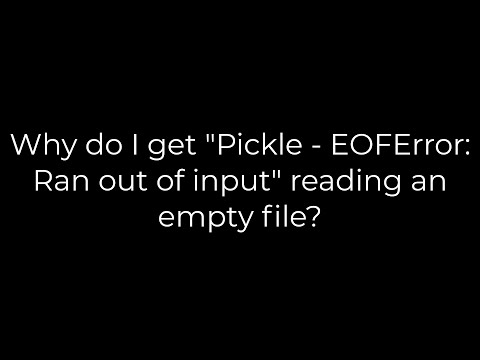
Found 41 images related to eoferror: ran out of input theme









![python报错(pytorch)]——EOFError: Ran out of input_python eoferror: ran out of input_Star星屹程序设计的博客-CSDN博客 Python报错(Pytorch)]——Eoferror: Ran Out Of Input_Python Eoferror: Ran Out Of Input_Star星屹程序设计的博客-Csdn博客](https://img-blog.csdnimg.cn/20210718190122298.png?x-oss-process=image/watermark,type_ZmFuZ3poZW5naGVpdGk,shadow_10,text_aHR0cHM6Ly9ibG9nLmNzZG4ubmV0L3dlaXhpbl80MjA2Nzg3Mw==,size_16,color_FFFFFF,t_70)
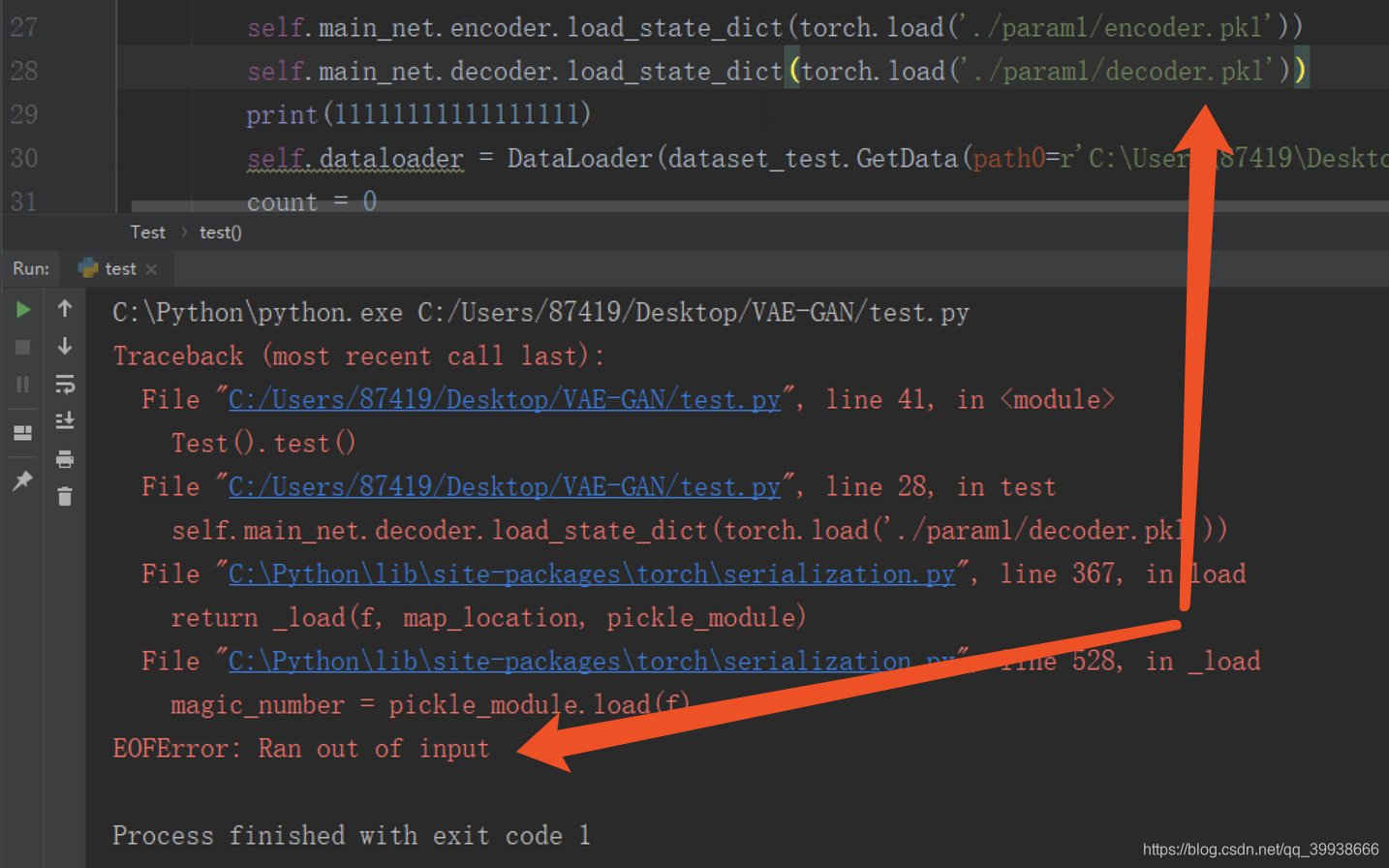
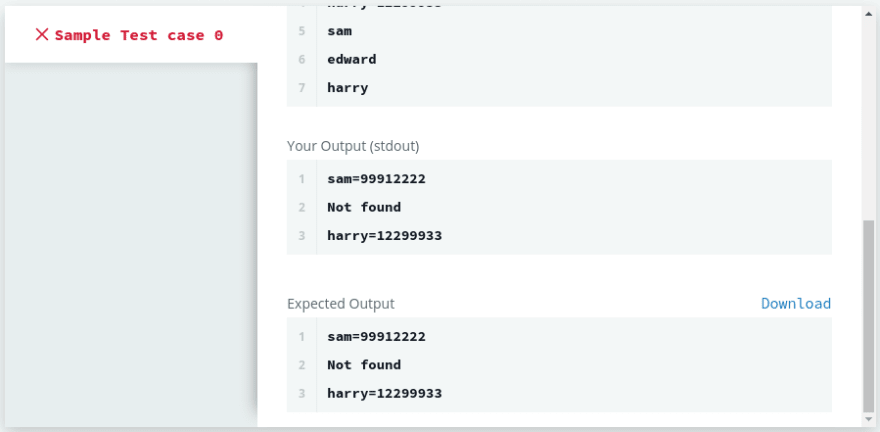



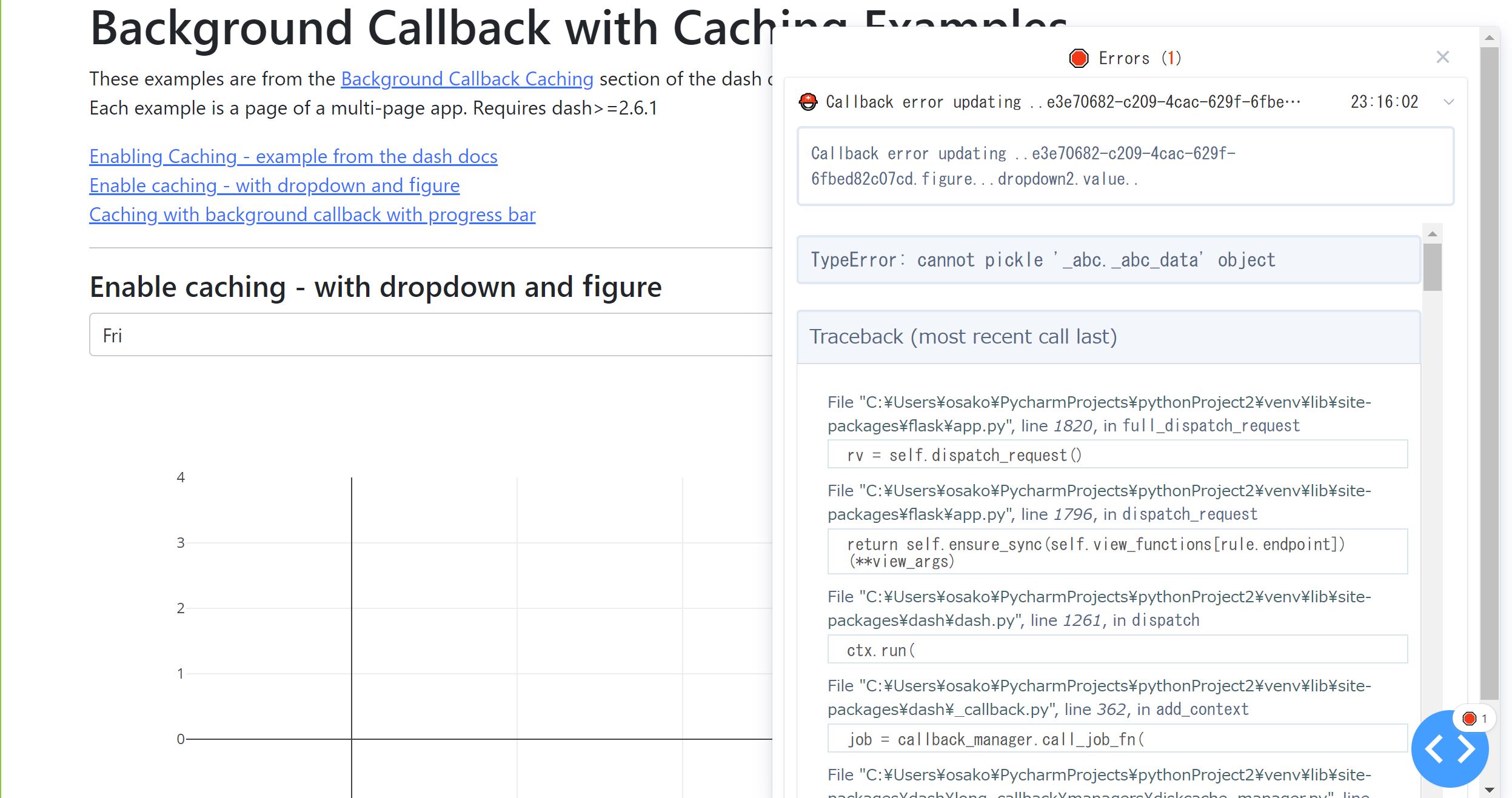





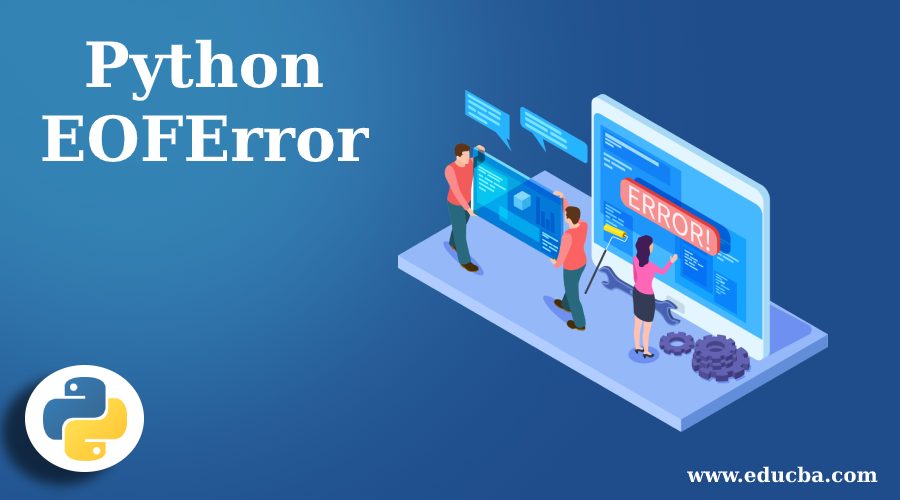

Article link: eoferror: ran out of input.
Learn more about the topic eoferror: ran out of input.
- Why do I get “Pickle – EOFError: Ran out of input” reading an …
- pickle.load(f) eoferror: ran out of input – AI Search Based Chat
- EOFError: Ran out of input · Issue #93 – GitHub
- Pickle EOFError: Ran out of input in Python [Solved] | bobbyhadz
- PyTorch Windows Eoferror: “ran out of input when …
- Ran out of input when num_workers>0 – #22 by chaslie
- EOFError: Ran out of input – iDiTect
- EOFError: Ran out of input” reading an empty file? – DevPress
- EOFError: Ran out of input : r/StableDiffusion – Reddit